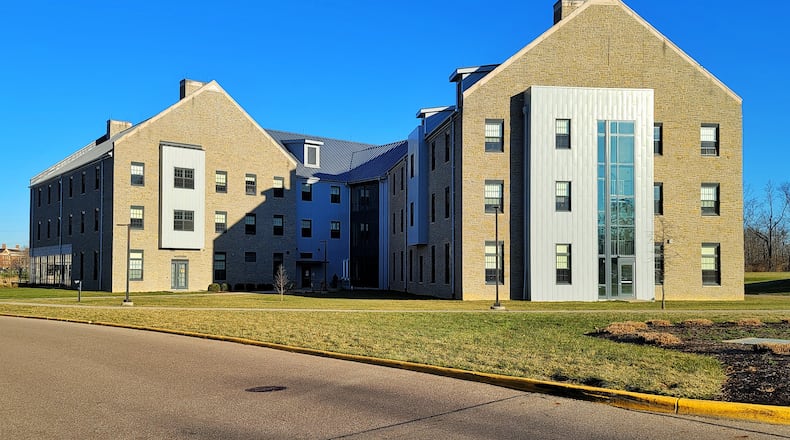Work will intensify now that winter break, which began Monday, has started and when students return in January to their residence halls those facilities — and others — will be safer, Miami officials stated in an announcement to school families.
The Nov. 18 leaking of dangerous carbon monoxide gas into the Hillcrest Hall residence on the school’s West Campus, led to the temporary evacuation of 250 students.
School officials described the creation and spread of the invisible and odorless gas as “both frightening and unacceptable.”
“We understand the trust you have placed in us, as well as our responsibility, to provide safe residential experiences. What occurred at Hillcrest Hall violated that trust and did not meet the standard that we have set at Miami University. We deeply regret this occurred,” stated school officials.
“Under normal circumstances, our buildings are designed to have positive pressure to prevent outside air from unintentionally being drawn into the building. Unfortunately, an air handler malfunctioned in Hillcrest Hall earlier in the day. This resulted in negative pressure in the south wing of the building, allowing outside air to be pulled into the building through small conduit holes near where the carbon monoxide from a water heater was being exhausted to the outdoors.”
“Additionally, winds trapped the air containing carbon monoxide near the side of the building rather than allowing it to disperse. Meanwhile, a fan coil unit located near where the carbon monoxide entered the building was running intermittently due to the drop in temperature,” said officials.
“This unit’s enclosure also allowed the carbon monoxide to travel from the lower floor where it entered to the second and third floors of Hillcrest Hall. While these factors are unlikely to be replicated, we are taking every precaution to ensure our campus community is safe and have checked all of our other campus buildings to determine if there is a similar risk.”
Miami officials said no similar problems have been found in other buildings.
The school’s residential and other buildings meet state building and fire codes, they said.
But they added: “Under state building and fire codes, if there is no carbon monoxide produced in a building OR if a carbon monoxide source is sealed and exhausted directly outdoors without entering sleeping quarters, (carbon monoxide) monitors are not required. Our buildings are heated through a central (power) plant so no carbon monoxide is created through the heating and cooling system in the buildings. The only source of carbon monoxide is the aforementioned water heaters in some buildings, which are sealed and vented directly outside.”
Students displaced at Hillcrest will receive a $250 credit to their housing bill for spring semester, officials said.
“We fully intend to address the issues identified in the Hillcrest Hall event and prevent the possibility of something similar occurring again,” said officials.
About the Author

